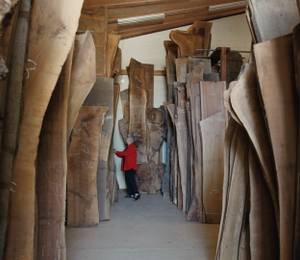New Delhi, India – Kolkata is the city which is home to some of the most revered places of worship of Hinduism, such as the “Dakshineswar Kali temple”. Located on the banks of Ganges at the northern tip of the metropolis, this place of worship was originally built by Rani Rashmoni. Today, Dakshineswar continues to draw huge numbers of devotees all around the year and is one of the most visited places of worship in Kolkata.
The approach road to the temple, that was once predominantly pedestrian, now has to cater to a growing vehicular traffic of private cars, taxis, two wheelers and goods vehicles. Increased footfalls over the years has brought in a lot of shops and kiosks catering to the visitors, offering Prasad, pooja material, embellishments for the deity and assorted food, sweets, snacks and tea stalls.
The West Bengal Government tasked Kolkata Metropolitan Development Authority to create a design brief and project report to enable floating of tenders leading up to design and build solutions for resolving the situation. Primary concerns were Segregation of traffic and pedestrian movement. Further segregation of traffic into motorised and non-motorised, Ensuring livelihood of the shop keepers. Ease of movement, comfort and safety of the devotees along with seamless connectivity from point of disembarkation to the temple gates for the devotees. The resulting idea therefore aimed to transfer both the pedestrian circulation and the shops to an elevated con-course, thereby leaving the grade level space for traffic, exclusively and providing for multiple access means to and from the elevated concourse such as escalators, elevators and staircases.
A crystallised design brief from Design Forum International emerged, crafting the Skywalk; 380 metres long and 10.5 metres wide, creating a connection between the traffic rotary and the entrance gates of the temple compound with a provision of 12 escalators, 4 elevators and 8 staircases to allow devotees and users to embark and disembark from the Skywalk. The skywalk also relocates over 200 shops that are currently operating on the Rani Rashmoni Road, it integrates the walking con-course, shops, escalators and elevators with a provision to connect it to the Railways footbridge as well, with separate lanes for motorised and non-motorised traffic.
By adopting one of the oldest approaches in design, that of Form Follows Function and adding some critical ingredients to a contextually responsive design; dynamism, fluidity and most importantly modularity, The Skywalk is conceived structurally as an extremely basic formation; a tube mounted on top of a platform supported on two legs. The platform turns and adapts to the street it is laid over, the tube twists and turns in sync with it.
Construction on the Skywalk is currently underway and is expected to complete this year.












